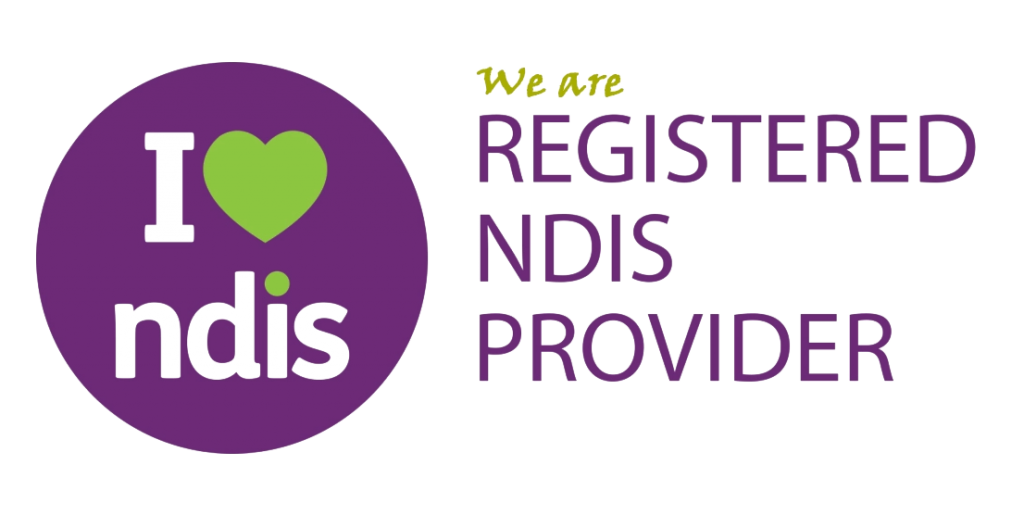When it comes to choosing a Specialist Disability Accommodation (SDA) home, understanding the different design categories is an essential first step.
The National Disability Insurance Scheme (NDIS) offers several SDA design standards to meet a wide range of accessibility and support needs. Two of the most common — and often confused — categories are Fully Accessible and High Physical Support.
What is Fully Accessible SDA?
Fully Accessible homes are designed for people with significant physical impairments who need step-free, mobility-friendly living environments. These homes are built to remove barriers and promote greater independence for individuals who use mobility aids such as manual wheelchairs, walkers, or other supports.
Features typically include:
- Wide doorways and hallways for wheelchair access
- Step-free entry and smooth, level flooring throughout
- Accessible kitchens and bathrooms with space for manoeuvring
- Reinforced bathroom walls for grab rails
- Low-height light switches, power points, and door handles
Accessible homes empower residents to carry out daily tasks with minimal assistance, making them ideal for those who may need some physical support but are largely independent.
This type of SDA is often suitable for:
- Individuals with paraplegia or mobility-related conditions
- People who use wheelchairs or walking frames part-time
- Those seeking a balance of independence and functionality
What is High Physical Support SDA?
High Physical Support SDA homes are designed for individuals with very high and complex support needs. These homes offer all the features of a Fully Accessible home — plus additional structural and technological enhancements.
They may include:
- Structural supports for ceiling hoists in bedrooms and bathrooms
- Emergency power systems for life-sustaining equipment
- Home automation (e.g. lights, blinds, doors, air conditioning)
- Height-adjustable kitchen benches and cabinetry
- Dedicated space for on-site overnight support (OOS) workers
This type of home is purpose-built for residents who require frequent or around-the-clock care, ensuring that their environment supports both safety and quality of life.
High Physical Support is often the right choice for:
- People with quadriplegia or progressive neurological conditions
- Individuals who require hoists, ventilators, or complex assistive technology
- Those who need continuous personal and medical support
Key Differences at a Glance
| Feature | Fully Accessible | High Physical Support |
|---|---|---|
| Step-free access | ✔️ | ✔️ |
| Wheelchair-friendly layout | ✔️ | ✔️ |
| Structural hoist support | ❌ | ✔️ |
| Home automation | Optional | Standard |
| Backup power systems | ❌ | ✔️ |
| Overnight support space | Optional | Standard |
While both options are designed for people with physical disabilities, High Physical Support homes are built with a higher level of infrastructure to support more complex needs.
How Do You Choose the Right SDA for You?
At The Independent Living Company, we believe that choosing an SDA home isn’t just about features — it’s about understanding your daily needs, long-term goals, and what will help you feel most at home.
Here are some helpful questions to consider:
1. What kind of support do you need each day?
If you need frequent assistance with personal care, medical needs, or mobility transfers, High Physical Support may be a better fit. If you’re able to manage most tasks with minimal support, a Fully Accessible home might suit you better.
2. Do you use assistive technology?
People who rely on powered wheelchairs, hoists, or smart home technology often benefit from the advanced features of High Physical Support SDA.
3. Will you have overnight support?
High Physical Support homes typically include a dedicated room for overnight staff. While Fully Accessible homes may accommodate this in some cases, it’s not always standard.
4. Are your needs likely to change over time?
If your support needs may increase in the future — due to a progressive condition or changing circumstances — it may be more practical to choose a High Physical Support home from the outset.
5. What’s included in your NDIS plan?
Your eligibility for each type of SDA will be outlined in your NDIS plan. If you’re not sure how to interpret your funding or support categories, we’re here to guide you through it.
Still not sure which SDA category is right for you?
Let’s talk. At The Independent Living Company, we’re here to listen, guide, and help you make a decision that feels right — now and in the future.
Whether you’re navigating SDA for the first time or searching for a home that better suits your current needs, we’ll work with you every step of the way. From understanding your NDIS plan to finding or customising a home that fits your lifestyle, we’re committed to helping you feel confident in your choice.




